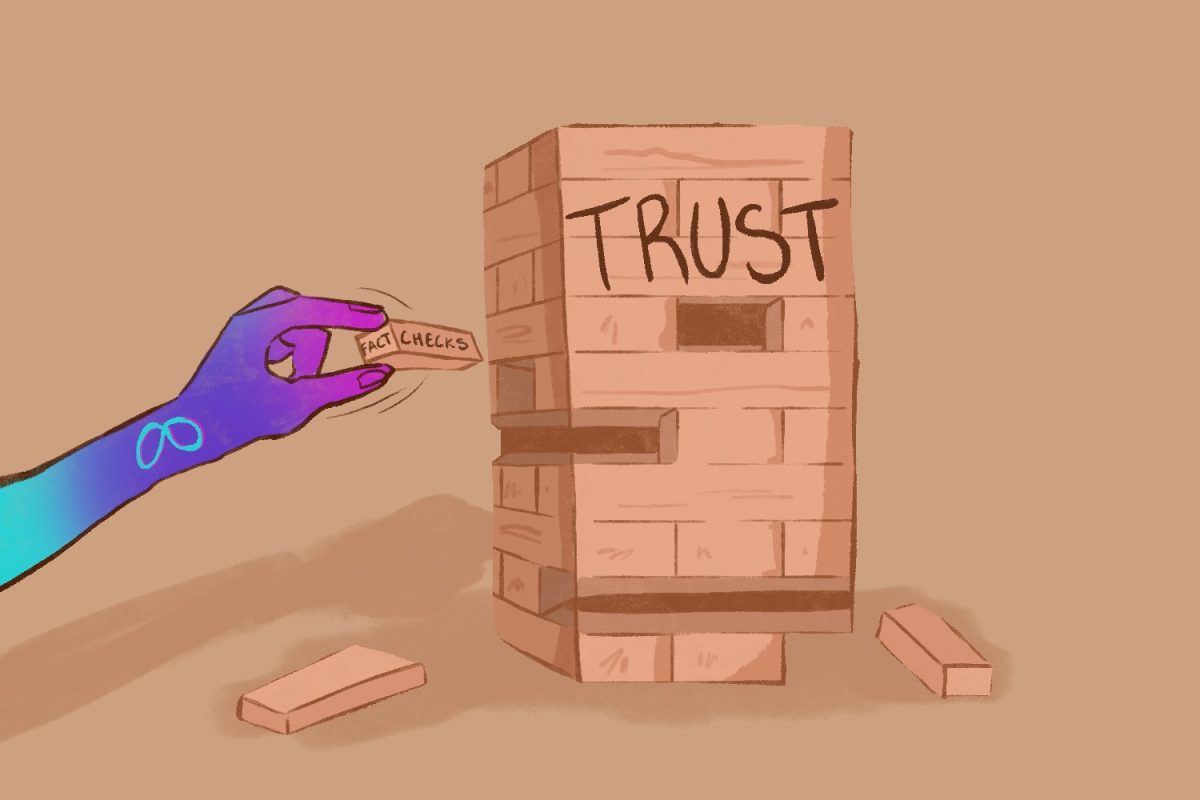In an age where each like, comment, and repost is public, people feel more and more pressure to assimilate into the majority. At the same time, the issues we contemplate are simultaneously being reduced to black and white through the filter of social media.
Realistically, most matters don’t just have two sides or solutions. Almost every current issue that we contemplate has multiple layers, elevating the plane from a choice between one and another to a spectrum full of nearly endless viable solutions.
When we open Instagram and begin tapping through stories and see the same post circulating, we don’t see many of these options, but we see one seemingly everyone agrees with. The pressure begins to set in that maybe we need to look at it and take a stance.
We’ll see a post urging for more sustainable shopping, not overconsuming from fast fashion brands, and agree with all the points. But the comments will be full of people berating the creator, calling them classist for saying it’s unethical to buy cheap clothes or a hypocrite for saying all that while owning an iPhone. There’s no obvious right side when the majority of people are attacking the first message because there isn’t one right solution to the issue of overconsumption or most topics alike.
All too often, we learn about pressing social matters through social media and don’t research further. Instead of getting the full scoop from an objective source, we just read through an Instagram post and agree with whatever commentary is attached to or engrained in the information.
Reading through the filter of someone else’s opinion often leads us to form similar, if not the same, opinions on the matter, which isn’t always a bad thing. But it’s important to make sure we’re creating our own opinions that we actually believe in, rather than adopting others.
Even on the wide spectrum of opinions, naturally, there always will be a majority opinion or a collection of similar ideas that a majority of people support. Yet each idea isn’t the same because they’re formed by individual people.
For example, some people believe that a solution that addresses overconsumption is to live a more minimalistic lifestyle and create a capsule wardrobe; some think that thrifting is the only way, while others think still shopping from fast fashion but only when you need something is the way to go. Each idea agrees that we shouldn’t buy too much, but they differ in almost every other aspect.
In a world with so much diversity of thought everywhere we go, it’s okay to listen to others and even change your opinion after hearing what they have to say. The real difference lies in previously having your own opinion and then being able to understand others and reevaluate where you stand.
The world is constantly changing and bringing up new problems for our generation to solve; if we were always agreeing, we would never have new ideas or generate new solutions to issues that arise. Despite the pressure to say what people want to hear, we must all take the time to form our own opinions, no matter the outside perception.
*This editorial reflects the views of the Scot Scoop editorial board and was written by Leanna Gower.

































